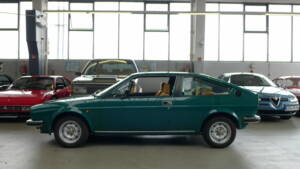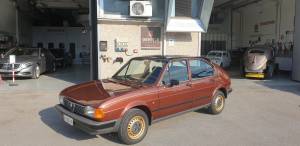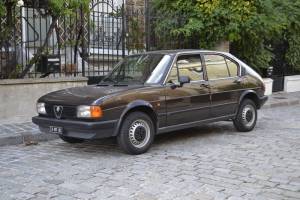- Automobile
- Alfa Romeo
- Alfa Romeo Alfasud (6 offerte)
Alfa Romeo Alfasud classic cars for sale
The Alfa Romeo Alfasud is a true outlier in Alfa Romeo’s history: its boxer engine, lightweight body and agile chassis redefined front-wheel drive compact cars. Ranging from practical four-door saloons to sporty Sprint coupés and rare special editions, the Alfasud combined innovative engineering with Italian flair. Its motorsport background, distinct Giugiaro design and unique technical solutions make every Alfasud a fascinating classic.
Risultati della ricerca

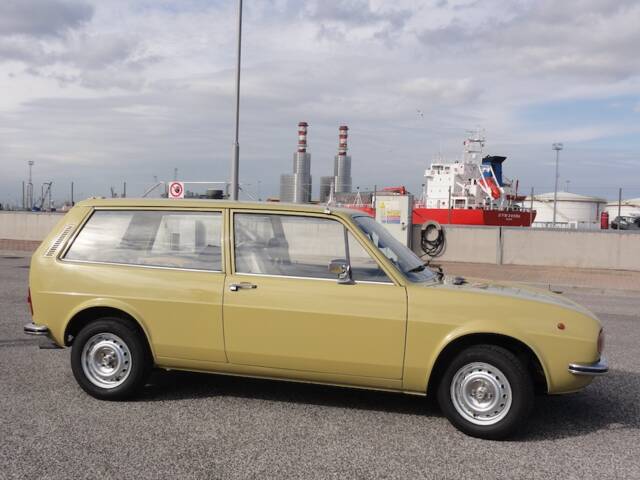
1975 | Alfa Romeo Alfasud 1.2 Giardinetta
100% Original

1981 | Alfa Romeo Alfasud 1.2 ti
MODELLO VALENTINO 3989 ESEMPALRI PRODOTTI . MOLTO RARA !
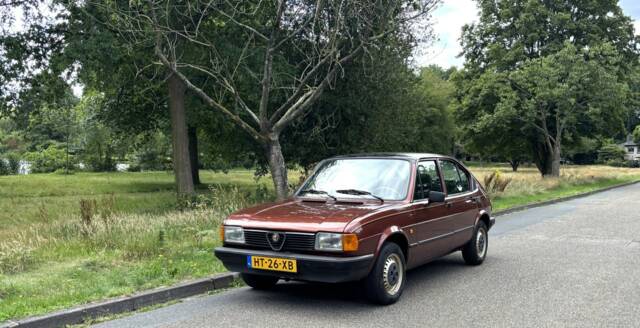
1982 | Alfa Romeo Alfasud 1.5
Fantastic original Valentino. Rustfree and well maintained.

1981 | Alfa Romeo Alfasud 1.2
Rarissime survivante !!! 1ère main ! 0 corrosion, incroyable mais vrai !
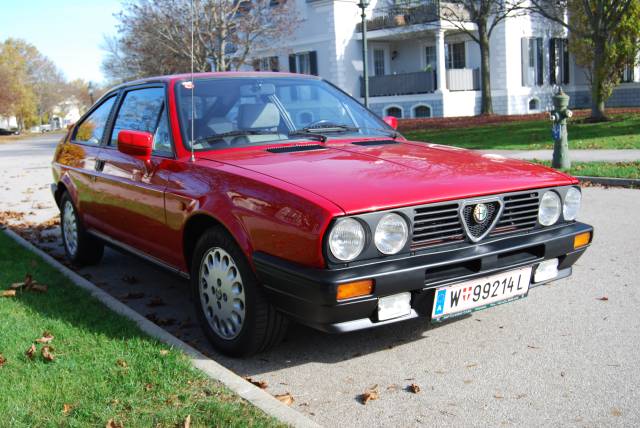
1988 | Alfa Romeo Sprint 1.7 QV ie
Boxer-Motor vom Feinsten
Alfa Romeo Alfasud listing references from Classic Trader
Below you will find listings related to your search that are no longer available on Classic Trader. Use this information to gain insight into availability, value trends, and current pricing for a "Alfa Romeo Alfasud" to make a more informed purchasing decision.

1979 | Alfa Romeo Alfasud
1979 Alfa Romeo Alfasud Race Car
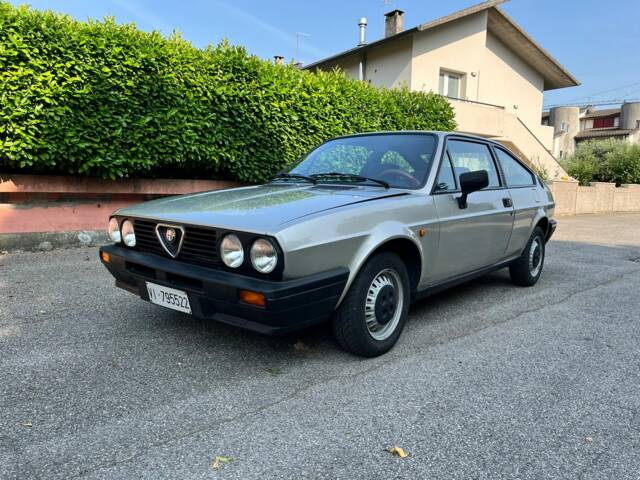
1987 | Alfa Romeo Alfasud 1.3 Sprint
Alfa Sprint 1.3 well-preserved
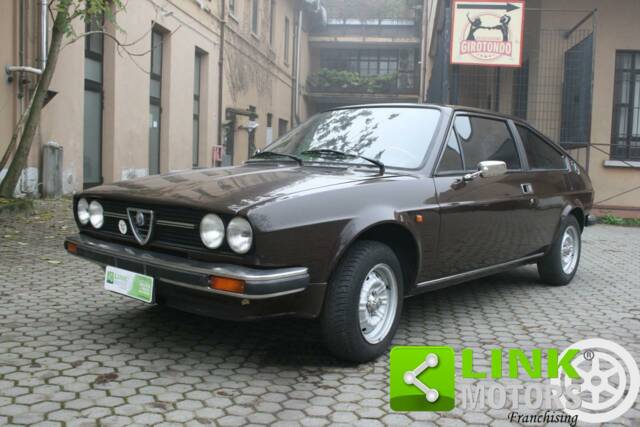
1981 | Alfa Romeo Alfasud Sprint Veloce
ALFA ROMEO Alfasud 1.3 4 porte
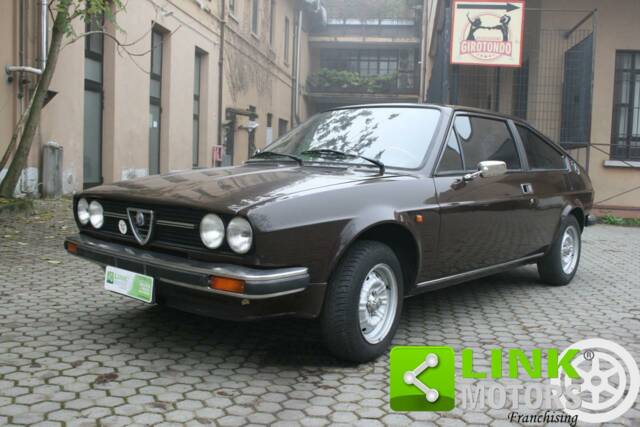
1981 | Alfa Romeo Alfasud 1.3 ti
ALFA ROMEO Alfasud 1.3 4 porte
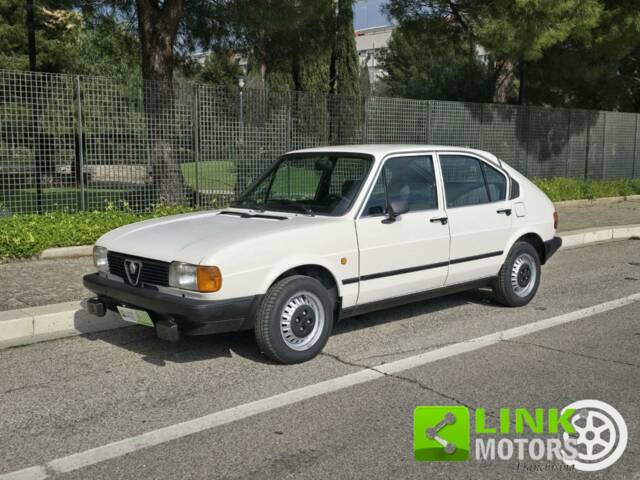
1983 | Alfa Romeo Alfasud 1.2 ti
ALFA ROMEO Alfasud 1.2 5 porte TARGA ORO
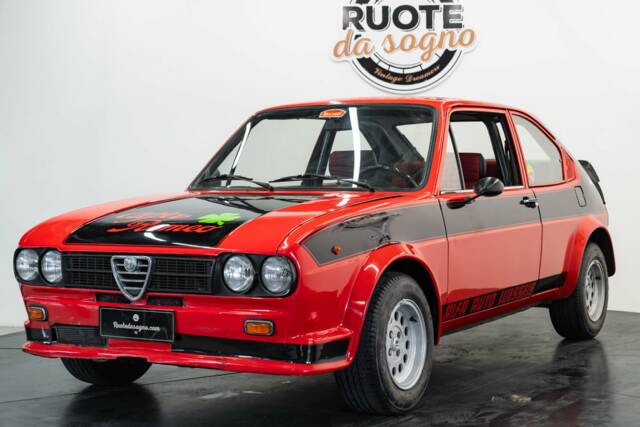
1976 | Alfa Romeo Alfasud 1.2 ti
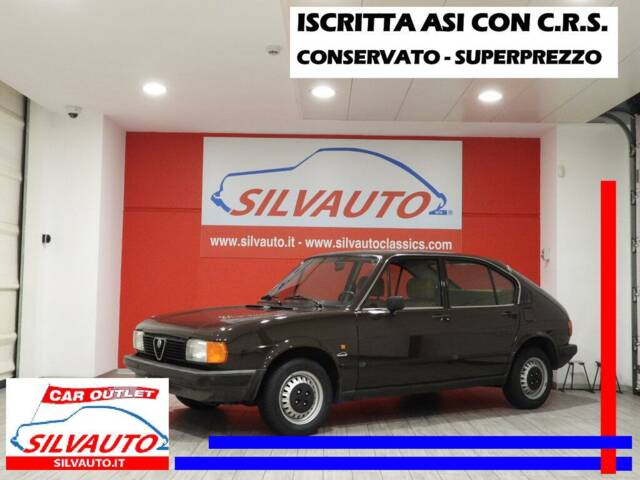
1980 | Alfa Romeo Alfasud 1.2 ti
ALFA ROMEO ALFASUD 901 D4 5 MARCE - ISCRITTA ASI CON C.R.S. – CONSERVATO – SUPERPREZZO (1980)
History of the Alfa Romeo Alfasud
The Alfa Romeo Alfasud project began in the late 1960s as Alfa Romeo aimed to enter the mainstream compact segment. Presented at the 1971 Turin Motor Show, the Alfasud was developed under engineer Rudolf Hruska and featured design by Giorgetto Giugiaro—coinciding with the founding of Italdesign. Alfa Romeo built a brand-new factory near Naples specifically for the Alfasud; the southern location gave the car its name ('sud' for 'south'). The Alfasud was a major breakthrough for Alfa Romeo, as it introduced water-cooled flat-four (boxer) engines and, for the first time in the company’s history, front-wheel drive. Over its lifetime, more than a million Alfasud units were built. The model left production in 1983, replaced by the Alfa Romeo 33.
Model History of the Alfasud
Production of the Alfasud began in 1971. The first series introduced a four-door fastback saloon, quickly followed by higher performance trims like the two-door ‘ti’ model in 1973. The lineup later stretched to include the Giardinetta estate (1975), Sprint coupé (1976), three-door hatchback (1981) and five-door hatch (1982). Facelifts in 1977 and 1980 modernised styling, upgraded interiors and broadened engine availability. By 1983, Alfa transferred production to the successor model—the Alfa Romeo 33.
Highlights of the Alfa Romeo Alfasud
The Alfasud stands out as the first mass-produced Alfa Romeo with front-wheel drive and water-cooled boxer engines. Its light weight, agile suspension (front MacPherson struts and rear trailing arms) and advanced braking setup (four-wheel discs on many variants) resulted in lively handling. ‘Sprint’ coupés and special editions received bespoke lightweight alloy wheels and distinctive trimmings. Interior options ranged from classic brown and beige cloth to red-and-black velour. Large hatchbacks, split fold rear seats and practical four-seater comfort added to everyday usability. Motorsport success included appearances in the British Saloon Car Championship and endurance racing.
Technical Data
Special Editions and Collectible Models
Several Alfasud versions stand out for their rarity or specification: the ‘ti’ (Turismo Internazionale) of 1973 delivered higher performance with unique styling. The Sprint coupé, penned by Giugiaro, first appeared in 1976, eventually spawning models like the Sprint Veloce ‘Trofeo’ (fewer than 1,000 built), Sprint Veloce ‘Plus’ (2,000 units), and Quadrifoglio Verde (distinguished by green clover badges, sport seats and specific alloy wheels). Limited colours such as ‘Bruno Cilento’ and ‘Vesuvio Grigio’ are highly sought after. Many of these editions now hold collector value, especially in original and unrestored condition.
Weak Spots and Common Issues
The most significant weak spot with the Alfasud is its bodywork’s strong tendency to rust, especially at wheel arches, sills, boot floor, lower doors, and the A-pillars. Early cars can be especially afflicted; repairs often involve extensive metalwork. Dashboard cracks from sun exposure are very common, and undamaged dashboards have become hard to find. Mechanically, timing belts, water pumps, radiators, exhausts, and dampers are considered regular wear items. Some interior and trim parts can be challenging to source due to limited availability. Original service books, keys and tool kits add value and completeness to an Alfasud.
Engine, Performance, Transmission and Handling
The Alfasud is powered by water-cooled, horizontally-opposed four-cylinder engines which produce between 63 hp (1.2 litre) up to 118 hp (Sprint 1.7 16V QV). The boxer layout results in exceptionally low centre of gravity, enhancing handling and cornering agility. The five-speed gearbox ensures lively performance especially in ‘ti’ and Sprint variants. Alfasuds are praised for communicative steering, direct response, and lightweight feel. - Alfasud 1.3 ti: Noted for its balance of power and everyday usability.
- Alfasud Sprint Veloce Trofeo: Rare, with special performance upgrades.
- Alfasud Quadrifoglio Verde (QV): Most powerful variants, recognisable by the green cloverleaf and special trim.
- Giardinetta: Practical estate with all the typical Alfasud characteristics.
Interior, Comfort, Exterior and Design
Giorgetto Giugiaro’s design vision is evident throughout the Alfasud range, from fastback saloon and hatchbacks to the sleek Sprint coupé. Distinctive features include low-slung body lines, characterful front grilles, large rear glass areas, and practical hatchbacks. Interiors can be found in colour options such as brown, beige, black/red and grey, often trimmed in velour or cloth. Special models are equipped with leather or wood steering wheels, special alloy wheels (‘Mille righe’, Speedline, QV), and instruments often supplied by Jager. The rear seats are split folding for practicality. Options such as radios, rear seatbelts, original speakers and even period-correct air conditioning were available on some cars. Rare OEM accessories, unique paint colours, and official certifications (such as ASI-FIVA in Italy) can further enhance a car’s appeal.
Other Interesting Details
Alfasud models with continuous ownership history, original documentation, period plates (‘targhe nere’ in Italy) and classic certificates are particularly valued by collectors. The Alfasud has also left its mark in Italian cinema, featuring in notable 1970s and 1980s films. Its usage as an official police car in Italy attests to its combination of performance and practicality.
Summary
The Alfa Romeo Alfasud stands apart as a unique Italian compact with sporting DNA, celebrated for its innovative engineering, low-slung boxer motor, advanced chassis and lively driving experience. From versatile family saloons to rare Sprint coupés and limited editions, the Alfasud continues to attract a dedicated following. Rust is the main concern, but well-kept examples offer rewarding performance and timeless Italian design that is still unmistakable today.
